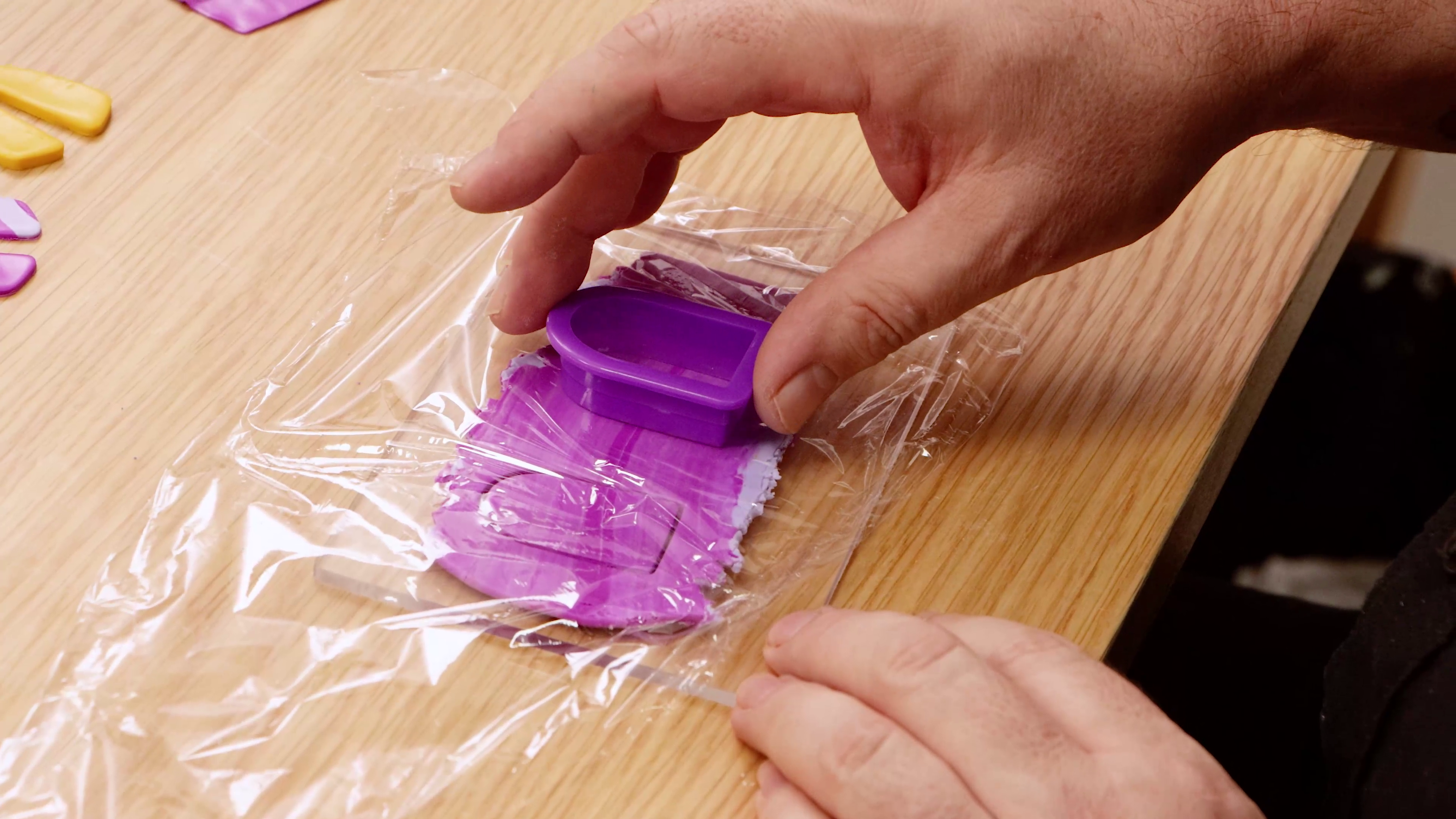How to paint a portrait in acrylic and oils
Acrylic paint is great for under painting as it dries quickly so you ca n get started on the next layers sooner.
1. Tinting the canvas and transferring the image.
The strategy for this painting is too start with an acrylic under painting. I am using a selection of Mont Marte Satin, Dimension and Fluro Acrylic paints.
To begin it helps to lay down a ground colour. This knocks back the otherwise confronting stark white of the canvas – I have decided on a mid toned neutral grey created with Titanium White and a touch of Paynes Grey. Apply with a 75mm abstract expression brush.
A mid grey like this will help later when it comes to judging the skin tones. It will also help to unify the finished painting as I plan to let some of the base layer show through.
Once that’s dry I first draw the face and figure with a hb pencil, and follow that with an outline of Lamp Black. The style of this portrait will have areas which are impressionistic and other areas where the detail is far more realistic. And while a black outline like this may not be a traditional approach, it can find its place in more experimental styles like this.
2. Blocking in the first colours.
The next step involves some Fluorescent Pink acrylic and also Titanium White. I am going to apply some big bold, gestural marks to the canvas with a wide brush. These marks are intended to give the final painting a really dynamic impact. It’s also a very helpful way to loosen up before beginning the portrait.
Using the acrylic paints laid out earlier begin to block in the various dark, mid and light tones on the face. I am using a number 24 Oil Taklon B right brush. Using a 1 inch wide stiff bristled brush like this forces you to make bigger, bolder marks when laying down the basic tones. Remember, this is just the first layer of paint and a portrait can take many layers to get the subject looking right. Avoid looking at detail in the face at this stage. A good tip is to squint your eyes to blur your perception of the subject or reference image and force yourself to just see the tones as blocks.
3. Adding the oil paint.
We are going to move on to layers in oil paint now. Oil paint is much slower dry ing and will al low more time to blend areas of the portrait.
With a large oil taklon brush and some thickened linseed oil we can start to mix our key skin tones. The linseed oil will help to give more ‘flow’ to the mix.
The key mixes include Red Ochre and Brilliant Red with a touch of the other colours here and there when needed.
The highlights involve White and Brilliant Red.
The shadows and eyes are a grey mix of Raw Umber and Ultramarine Blue, tinted with White.
Apply a glaze to the areas of darker tones. Block in the lips and nose roughly.
4. Detailing the face.
Proceed to work your way across the face. Working from a reference photograph is ideal when you are learning portraiture as it’s tricky to have a subject sit for you for hours at a time. Look for an image or take your own photo. Try to avoid having multiple light sources as this can confuse things, and aim for some stark contrast between the shadows and highlight as this can al low for some great depth.
As you get closer to the final layers, reduce the size of your brush steadily until you reach a number 2 or a detailer for those really fine details.
5. Adding the gold leaf.
Make sure all the paint is dry before you apply the gold leaf. Once you feel happy with the portrait you can add some extra wow factor with gold leaf . I am applying the leafing size very roughly as I want it to integrate with the brush marks we made earlier in the background.
Material List
- Refined Linseed Oil Premium 125ml (4.23oz)
- Abstract Expression Brush - 75mm
- Artist Acrylic Brush Premium Taklon Filbert 2
- Tear-off Paper Palette Signature 50gsm 36 Sheet
- Leafing Size 60ml
- Artist Acrylic Brush Premium Taklon Flat Wide 75mm
- Double Thick Canvas Premium 76.2 x 76.2cm (30 x 30in)
- Dimension Acrylic Premium 75ml (2.5 US fl.oz) Tube - Red Ochre





























